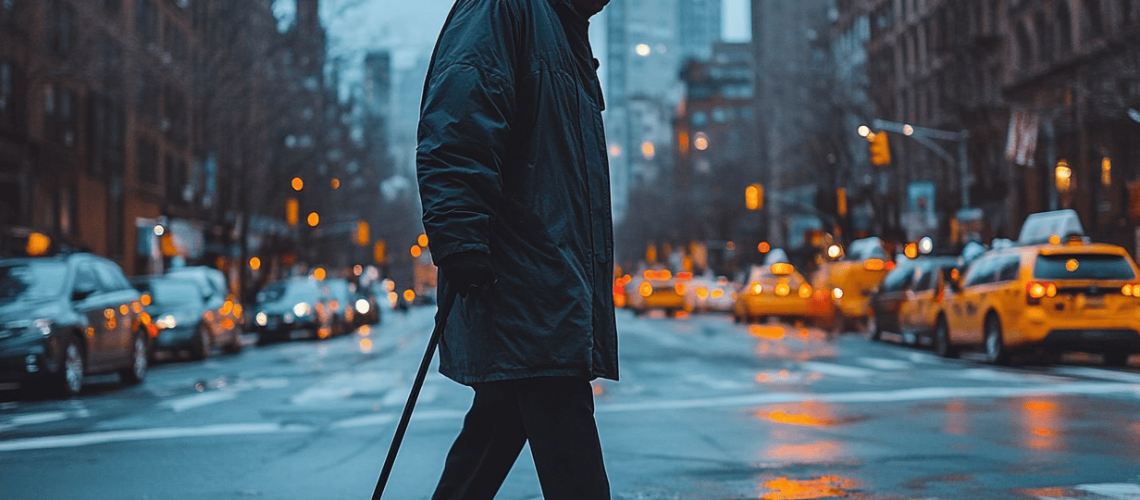As a web designer in the heart of New York City, I’ve come to understand that creating beautiful websites isn’t just about aesthetics—it’s about ensuring that every New Yorker, regardless of their abilities, can access and navigate the digital landscape of our vibrant city. Today, I want to dive into the crucial topic of web accessibility and why it’s essential for NYC’s online presence.
Why Accessibility Matters in NYC
New York City is home to over 8 million people, and according to the Mayor’s Office for People with Disabilities, approximately 1 million New Yorkers have some form of disability. That’s a significant portion of our population that may face challenges when interacting with websites that aren’t designed with accessibility in mind.
Moreover, New York City has been at the forefront of accessibility initiatives. The passing of Local Law 26 in 2016 requires that all NYC government websites meet WCAG 2.0 Level AA standards. While this law specifically applies to government sites, it sets a precedent for all web designers operating in the city.
Key Aspects of Web Accessibility
- Keyboard Navigation: Ensure that all website functions can be accessed using only a keyboard. This is crucial for users with motor disabilities who may not be able to use a mouse.
- Screen Reader Compatibility: Implement proper HTML semantics and ARIA labels to make your content interpretable by screen readers, benefiting visually impaired users.
- Color Contrast: Use color combinations that provide sufficient contrast. This helps users with visual impairments and color blindness to read and navigate your site easily.
- Alternative Text: Provide descriptive alt text for images, allowing screen reader users to understand the content and context of visual elements.
- Responsive Design: Create layouts that adapt to different screen sizes and orientations, accommodating users with various devices and needs.
The Business Case for Accessibility
Implementing accessibility features isn’t just about compliance—it’s good for business. By making your website accessible, you’re:
- Expanding your potential customer base to include users with disabilities
- Improving overall user experience for all visitors
- Enhancing your SEO, as many accessibility practices align with SEO best practices
- Demonstrating corporate social responsibility, which is highly valued in NYC’s competitive market
NYC-Specific Considerations
When designing for New York City businesses, consider the following:
- Multilingual Support: NYC is incredibly diverse. Providing content in multiple languages and ensuring accessibility across these translations is crucial.
- Location-Based Services: Many NYC businesses rely on location-based features. Ensure these are accessible and provide alternatives for users who may have difficulty with maps or geolocation services.
- Public Wi-Fi Considerations: With NYC’s public Wi-Fi initiatives, design with slower connections in mind to ensure accessibility for users relying on these services.
Staying Compliant and Forward-Thinking
As web designers in NYC, we must stay informed about both local and federal regulations:
- Familiarize yourself with the Americans with Disabilities Act (ADA) and how it applies to websites
- Keep an eye on NYC’s digital accessibility laws and initiatives
- Regularly audit your websites using tools like WAVE or aXe to ensure ongoing compliance
Creating accessible websites is not just a legal obligation or a nice-to-have feature—it’s a fundamental aspect of good web design, especially in a city as diverse and dynamic as New York. By prioritizing accessibility, we’re not just expanding our reach; we’re actively participating in making NYC’s digital landscape a more inclusive space for all.
As we continue to shape the online face of our city, let’s commit to designing with empathy, inclusivity, and innovation. After all, in the city that never sleeps, we should ensure that our websites are always open and welcoming to everyone.
